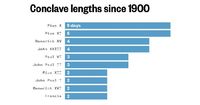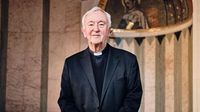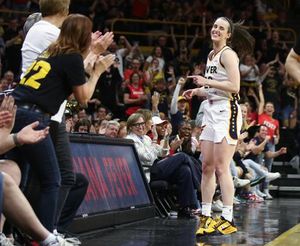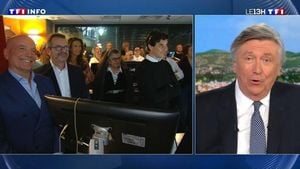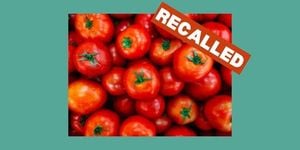Catholic cardinals from around the globe have gathered in Vatican City for a historical conclave to elect the successor to Pope Francis, who passed away on April 21, 2025. The conclave officially commenced on May 7, 2025, with 133 cardinal electors locked in the Sistine Chapel, adhering to centuries-old protocols that have remained largely unchanged. While the first day of voting did not yield a new pope, the expectation remains high that a successor will be announced swiftly, as modern conclaves typically last only two to three days.
Historically, conclaves have varied dramatically in duration, from a matter of hours to nearly three years. The longest papal conclave on record occurred between 1268 and 1271, lasting nearly three years due to the Cardinals' inability to reach a consensus. In contrast, the shortest conclave occurred in October 1503, lasting only a few hours before Cardinal Giuliano della Rovere was elected Pope Julius II.
Cardinal Giovanni Battista Re, addressing his fellow electors, urged them to set aside personal considerations and act with love, stating, "It is the only force capable of changing the world." He called for the guidance of the Holy Spirit in selecting the pope "whom the Church and humanity need at this difficult, complex, and troubled turning point in history." This appeal underscores the gravity of the moment as the Church navigates its future amid various internal and external challenges.
The decision to start the conclave on May 7, rather than the earliest possible date of May 5, indicates that the cardinals desired more time to familiarize themselves with each other. With 252 Catholic cardinals in total, 135 are under the age of 80 and eligible to vote, making this conclave one of the largest in recent history. Many of the electors are first-timers, having arrived from diverse regions, including 27 from Asia and Oceania, thanks to Pope Francis's efforts to broaden the geographic representation of the College of Cardinals.
Prior to the conclave, the cardinals participated in daily meetings known as general congregations, where they delivered speeches about the future of the Church and discussed potential candidates. Cardinal Vincent Nichols, the Archbishop of Westminster, noted that these daily speeches allowed the cardinals to create a "mosaic of the Church around the world," as they shared their perspectives and experiences.
Walter Kasper, a German cardinal who supported Pope Francis’s liberal approach, remarked that the significant turnout of 400,000 mourners at Francis's funeral demonstrated that Catholics desired continuity in leadership. He stated, "The people of God have voted with their feet when they showed up in such numbers. I am convinced we need to push on along the path set down by Pope Francis."
However, not all cardinals share this sentiment. Cardinal Gerhard Müller, also from Germany, warned that the Church risks division if it elects another pope willing to compromise on doctrine to accommodate divorcees and homosexuals. This tension between progressive and conservative factions within the Church highlights the complex dynamics at play as the cardinals prepare to cast their votes.
As the conclave unfolds, it will consist of one vote on the first day, followed by up to four votes per day in subsequent sessions. If no candidate secures a two-thirds majority after three days, the cardinals will pause for a day of reflection before resuming the voting process. The secrecy of the conclave is paramount; cardinals are prohibited from using phones, electronics, or even notes during the proceedings.
Upon the conclusion of each voting round, the ballots are burned in a special stove. If no candidate has achieved the necessary votes, black smoke will emerge from the chimney of the Sistine Chapel, signaling that the election has not yet been successful. Conversely, when a new pope is elected, white smoke will rise, indicating the Church has a new leader.
The conclave’s atmosphere is charged with anticipation, as the world awaits the emergence of white smoke, a signal that a new pontiff has been chosen. Historical precedent suggests that a new pope could be named within days, and all eyes will be on the chimney atop the Sistine Chapel as the cardinals deliberate behind closed doors.
As the conclave progresses, observers will closely monitor the interactions and discussions among the cardinals, as these dynamics can reveal the level of consensus or discord within the Church hierarchy. Lengthy deliberations, akin to the tumultuous conclave of the 13th century, may indicate deep divisions, while a swift outcome could suggest a unified front.
In the wake of Pope Francis's death, the Catholic Church stands at a crucial juncture. The new pope will inherit a Church grappling with numerous challenges, including issues of sexual abuse, declining attendance, and the need for reform. The cardinals' decision will not only shape the future of the Catholic Church but also resonate with millions of believers worldwide.
Ultimately, the coming days will reveal not only who will become the next pope but also the direction the Catholic Church will take in addressing the pressing issues of our time. As the cardinals cast their votes, they carry the hopes and prayers of a global congregation, seeking guidance and inspiration as they choose the next leader of one of the world's oldest institutions.
